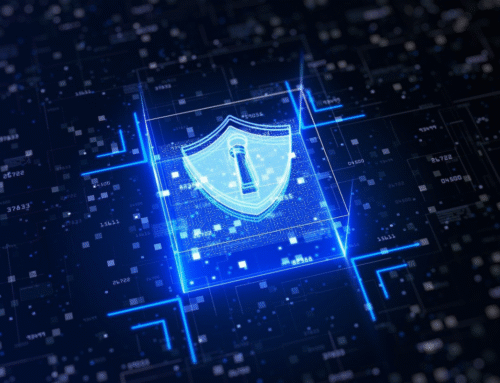By Datuk Alan See, Chief Executive Officer – FIRMUS
Operational technology systems are critical to the functioning of many industries and organizations. However, these systems are often vulnerable to cyberattacks that can cause significant harm. Cyberattacks on OT systems can have a number of negative consequences, including disrupting the operation of critical systems, causing physical and monetary damage, compromising sensitive data, and most importantly, trust. In some cases, cyberattacks on OT systems can even pose a national security threat. In recent years, we have seen an increase in cyber-attacks against OT systems. These attacks are a serious threat to our security and our ability to protect our Critical National Information Infrastructure (CNII). Countries and their organizations must take steps to protect their OT systems from cyberattacks. This includes implementing security controls, monitoring systems for signs of an attack, and having a plan in place to respond to an attack.
Social Engineering
Cyber-attacks such as social engineering exploit the trust relationships between people, devices, and systems to gain access to sensitive data and systems. In recent years, social engineering attacks have been used to target OT systems in several industries, including nuclear power, critical infrastructure, and financial services. The Ukraine power grid cyberattack is a notable example of a social engineering attack against their national OT system. In this case, attackers used spear-phishing emails to gain access to the network of a nuclear power plant in Ukraine. Once they had access, they were able to disable safety systems and cause a nuclear meltdown. Cybersecurity experts believe that social engineering attacks against OT systems will become more common in the future. As OT systems become more connected and complex, they will become more attractive targets for attackers.
Data security is a critical part of protecting OT systems from social engineering attacks. Organizations should implement strong authentication mechanisms, such as two-factor authentication, to make it more difficult for attackers to gain access to sensitive data. They should also encrypt data at rest and in transit to protect it from eavesdropping and tampering. In addition to data security, organizations must also focus on securing the physical infrastructure of their OT systems. This includes:
- Ensuring that only authorized personnel have access to control rooms and equipment.
- Physical security measures, such as security cameras and access control systems, can help to deter and detect attacks.
- Be careful about the information you share online and with whom you share it.
- Be suspicious of emails and links from unknown sources, and don’t click on them.
- Using a password manager to help you create and manage strong, unique passwords for all your online accounts.
- Keeping an eye on your credit report and credit score. This can help you spot any suspicious activity early on and take action to protect your identity.
Organizations must also have a plan in place for responding to social engineering attacks. This plan should include steps for identifying and containing an attack, as well as for restoring systems to normal operation.
Cutting-edge Threats
As our lives move increasingly online and onto digital devices, it’s more important than ever to think about cybersecurity and how to protect our devices from being hacked. Unfortunately, no system is 100% secure, and even the most well-protected device can fall victim to a determined hacker. However, there are steps we can take to minimize the risk of being hacked and to mitigate the damage if an attack does occur:
- Keeping your devices up-to-date with the latest security patches.
- Software vulnerabilities are often the entry point for hackers, so it’s critical to close any known holes as soon as possible.
- We should also be careful about the kinds of information we store on our devices. Personal information, financial data, and anything else that could be used to harm us or our loved ones if it fell into the wrong hands should be kept to a minimum.
- In the event that our devices are hacked, it’s important to act quickly. Change any passwords that may have been compromised and reach out to any relevant authorities to let them know about the attack.
Lastly, I would argue that apart from strengthening the cyber security infrastructure (both physical and software), we need to raise awareness of the threat they pose to our Critical National Information Infrastructure (CNII). With a more robust system, we can make it more difficult for attackers to succeed. Finally, we need to be prepared to respond to attacks when they do occur. This means having a plan in place to quickly contain the damage and restore normal operations. By taking these steps, we can help to protect ourselves and our devices from the ever-present threat of cyberattacks.





